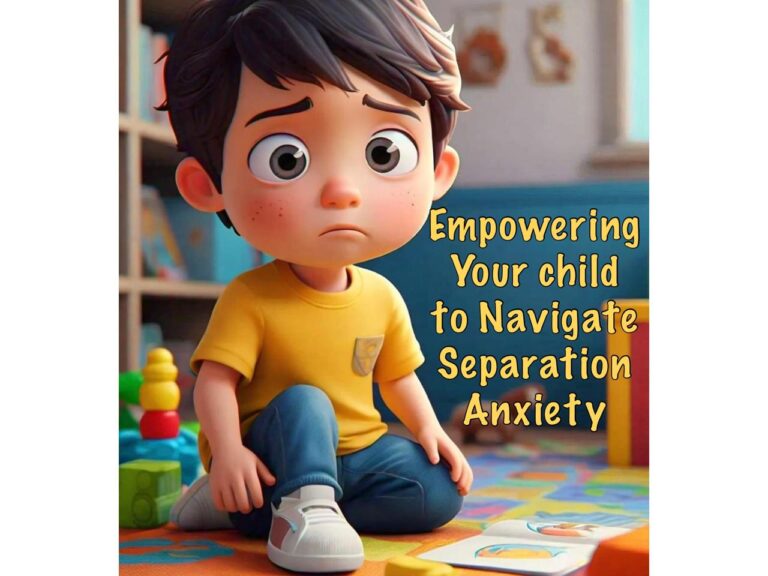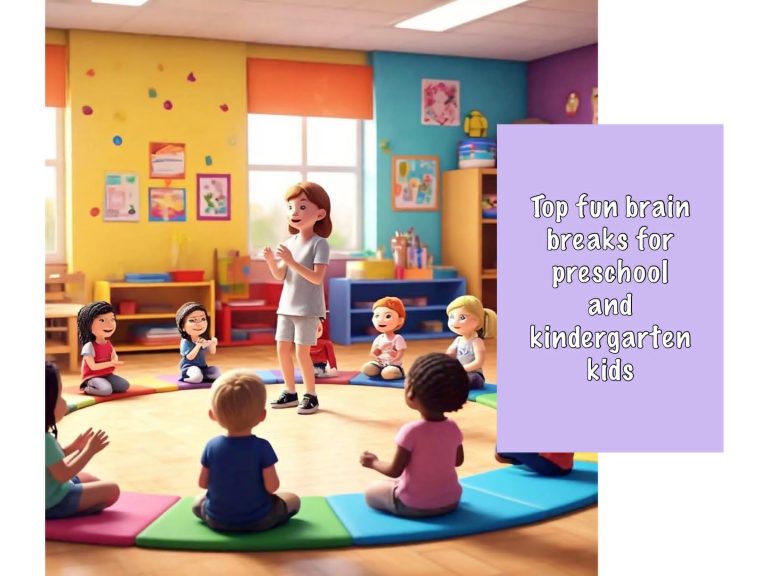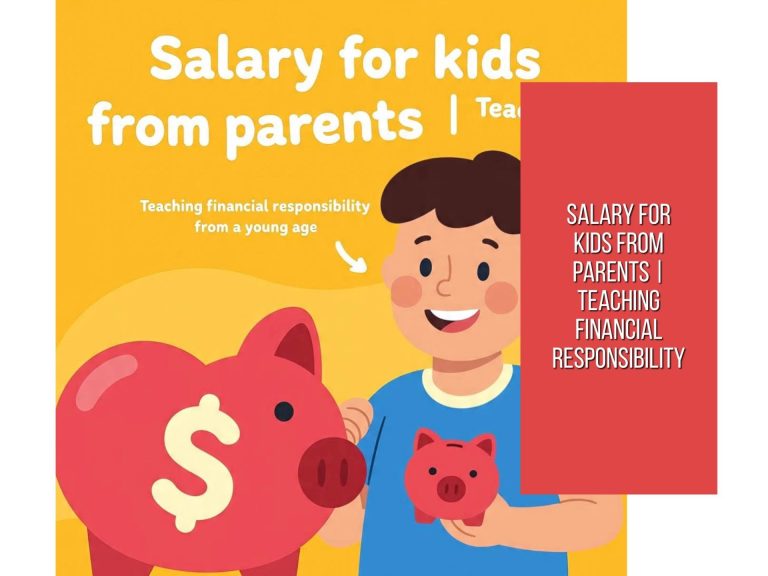Helping Your Child Handle the Big Move | A Parent’s Guide to Easing Relocation Anxiety
Moving to a new place can be a big deal, especially for children. It’s not just about packing up and going somewhere new; it’s an emotional journey for your child, and they might find it hard to adjust. As parents, it’s important to support them through this change in a way that makes them feel secure and understood. Let’s talk about how you can help your child navigate the emotions that come with relocating.
1. Talk About the Move Early and Often
The first step in helping your child with the move is to talk about it as early as possible. This gives them time to process the news and ask questions. Explain why the move is happening, and focus on the positive aspects of the new place. Maybe there’s a bigger park, a nice school, or a new bedroom they can decorate. Encouraging them to see the good in the move can ease some of their anxiety.
2. Validate Their Feelings
Your child might feel sad, scared, or even angry about leaving their familiar surroundings. It’s crucial to acknowledge these feelings. Let them know it’s okay to feel upset and that you understand why they might be worried. Sometimes, just knowing that their feelings are normal can be a big comfort.
3. Involve Them in the Process
One way to help your child feel more in control is to involve them in the moving process. Let them help with packing, choosing new furniture, or planning the layout of their new room. When they’re part of the process, the new house starts to feel like home even before you move in.
4. Keep Some Old Routines
When everything around them is changing, keeping some old routines can help your child feel more secure. Try to maintain familiar habits like bedtime stories, family dinners, or weekend activities. These little things can make a big difference in helping them feel grounded.
5. Visit the New Area Before Moving
If possible, take your child to visit the new neighborhood before you move. Show them their new school, nearby parks, and other places they might enjoy. This way, they can start to feel more comfortable with the idea of living there.
6. Encourage New Friendships
Leaving friends behind is one of the hardest parts of moving for children. Help them stay in touch with old friends while also encouraging them to make new ones. You could arrange playdates with kids in the new neighborhood or sign them up for activities where they can meet others.
7. Be Patient
Adjusting to a new home takes time, and it’s important to be patient with your child during this transition. They might have moments of sadness or homesickness, and that’s okay. Offer reassurance, and remind them that it’s normal to take time to feel at home in a new place.
8. Create New Memories Together
Once you’ve settled in, start creating new family traditions in your new home. This could be anything from exploring local attractions to having movie nights. Building new memories helps your child see the new place as home.
FAQs
How can I make the move easier for my child?
Involve them in the process, keep some old routines, and visit the new area before moving.
What if my child is having trouble making new friends?
Encourage them to join local activities and arrange playdates. Remind them that making friends takes time.
How long does it take for a child to adjust to a new home?
Every child is different, but it can take a few months for them to fully settle in. Be patient and supportive during this time.
Conclusion
Helping your child navigate the emotional journey of moving can be challenging, but with patience, understanding, and a bit of planning, you can make the transition smoother. Remember, it’s okay for them to have mixed feelings, and with your support, they’ll soon feel at home in their new surroundings.








